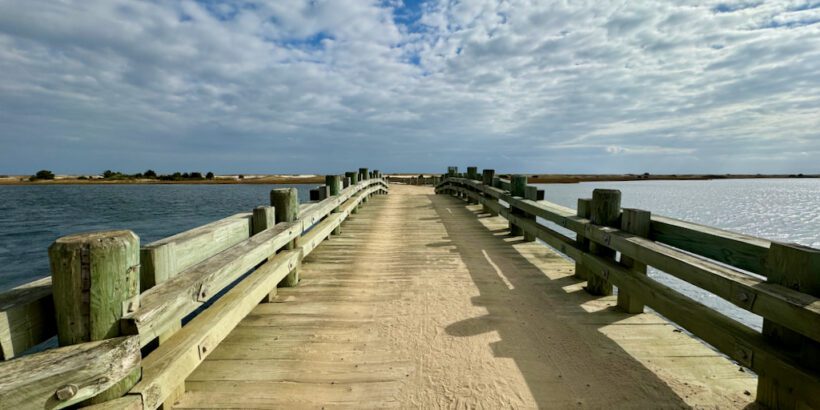On the summer night of July 18, 1969, Senator Edward “Ted” Kennedy, eyeing a shot at the 1972 US Presidency and holding the torch as the sole surviving Kennedy sibling, played host to a gathering at a cottage on Chappaquiddick Island.
Tethered to Martha’s Vineyard, Massachusetts by a slender isthmus, the island set the stage for what was both a reunion and a laid-back cookout for the “Boiler Room Girls” – a tight-knit crew of ardent campaign warriors who had thrown their weight behind the late Robert F. Kennedy’s run for the presidency.
In the mix of faces that night stood Mary Jo Kopechne, a sharp political strategist and wordsmith, among the several young women in attendance. Also attending were Kennedy’s cousin, Joseph Gargan, and former U.S. Attorney for Massachusetts Paul Markham.
As the night progressed, Ted and Mary Jo made an unexpected exit from the party aboard his sleek 1967 Oldsmobile Delmont 88, a move that raised more than a few eyebrows.
This departure seemed out of character for Ted, the evening’s host, who typically enjoyed the luxury of a chauffeur named Crimmins—also present at the gathering. The question of why they left became a lingering enigma.
Ted’s initial explanation was that they were en route to the ferry stop to see Mary Jo safely home. However, it was revealed that Mary Jo had left behind her purse and hotel key card at the party cottage, casting doubt on Ted’s version of events.
Adding to the perplexity, Ted claimed that they took a wrong turn on the way to the ferry and he only realized the wrong turn seconds before nearly colliding with the bridge.
That meant he would have had to overlook a reflector arrow pointing the way to the ferry and the fact he was driving on a dirt road and not paved road. (See a map of his route here.)
Local residents with deep roots assert that the Kennedy brothers, one and all, were intimately acquainted—or at the very least, ought to have been—with the lay of the land. Their compound sat just a ferry ride away in Hyannis Port, and the annual sailing extravaganza drew them to Edgartown countless times.
It was also revealed that on the very day of the incident, Ted had been chauffeured over the bridge for a leisurely swim. (A judge would later conclude that Kennedy deliberately steered his course toward the bridge.)
That night, perhaps only minutes before the accident, Deputy Sheriff Christopher “Huck” Look reportedly caught sight of Ted driving off the pavement onto Cemetery Road and stopping (this is where Ted allegedly made the wrong turn).
Suspecting they might be lost, the officer approached the vehicle. However, the car hastily sped away down Dike Road, heading in the direction of the bridge.
As Ted and Mary Jo neared the bridge around midnight, a pivotal moment unfolded. In a twist of fate, his car careened off the slender, unilluminated bridge—devoid of guardrails at that time—and took a plunge into Poucha Pond. The vehicle came to rest upside down, marking a harrowing turn of events in the dark hours of that night.
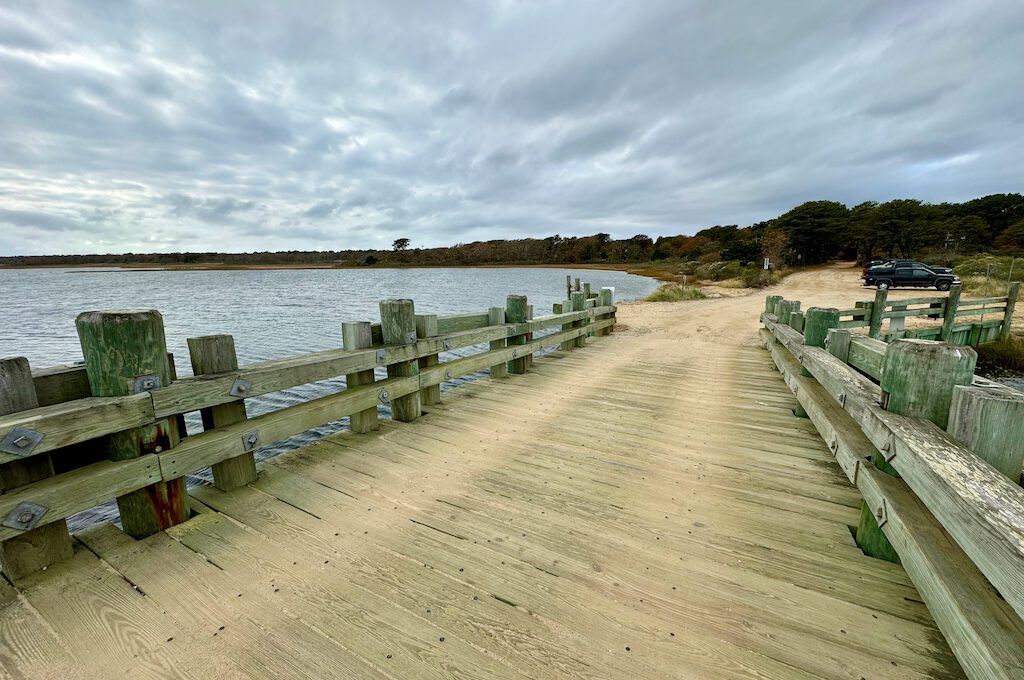
Ted managed to escape with minor injuries, perhaps a concussion but he struggled to recall specific details as to how he freed himself.
Meanwhile, Mary Jo found herself trapped within the submerged vehicle, and speculation lingers that she may have clung to life for a while, possibly from an air pocket.
Ted asserted that he made repeated dives “into the strong and murky current” in a desperate attempt to locate Kopechne before eventually returning to the cottage. However, scrutiny of tidal conditions raises doubts about the accuracy of this narrative.
Having retraced his steps to the cottage, Ted, accompanied by his cousin Joseph Gargan and aide Paul Markham, made a futile attempt to reach Kopechne at the scene.
Rather perplexingly, instead of promptly reporting the accident to the police or seeking aid from nearby well-lit residences and a fire station, Kennedy opted to swim across the channel and return to his Edgartown hotel, as the last ferry had already departed.
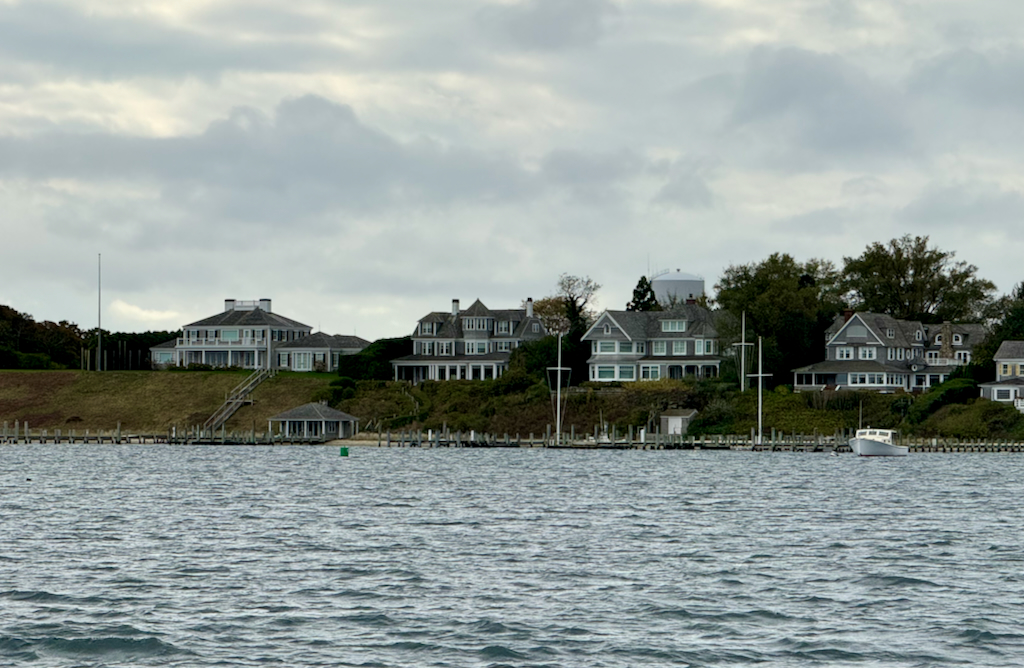
He would report the accident later in the morning the next day, after authorities had already discovered the body and after he held a very casual conversation with fellow Regatta participant, Ross Richards.
The aftermath of the incident was marred by controversy.
For one, news reports of the time shamefully reduced Kopechne to a mere descriptor, labeling her as “a blonde.”
The most glaring concern, without a doubt, was Ted’s failure to report the accident to the authorities until the following morning—nearly ten hours after the incident unfolded.
This prolonged delay sparked suspicions and ignited inquiries into the events of that night, with a looming question mark hanging over whether Ted had been behind the wheel under the influence.
Ted’s explanation, asserting that he was in a state of physical and emotional shock, not thinking clearly, only intensified the scrutiny.
Even if Kennedy was in a complete state of shock: why didn’t Kennedy’s aides, who also made efforts to extract Mary Jo from the submerged car, take the initiative to report the accident or compel Ted to do so?
At a court hearing on July 25, 1969, Ted Kennedy pled guilty to the charge of leaving the scene of an accident and received a two-month suspended jail sentence and one-year probation.
His sentence was suspended in part because of the finding that Ted Kennedy had a spotless record despite having been arrested during law school for reckless driving and trying to evade a highway patrol officer.
In a televised statement later that evening, Ted openly voiced his remorse, admitting that his post-accident actions left him baffled, stating they, “made no sense to me at all.”
He owned up to the indefensible nature of his delayed report to the authorities, recognizing that his lapse was inexcusable. While vehemently denying any inebriation behind the wheel, he also asserted that his relationship with Kopechne was aboveboard and devoid of impropriety.
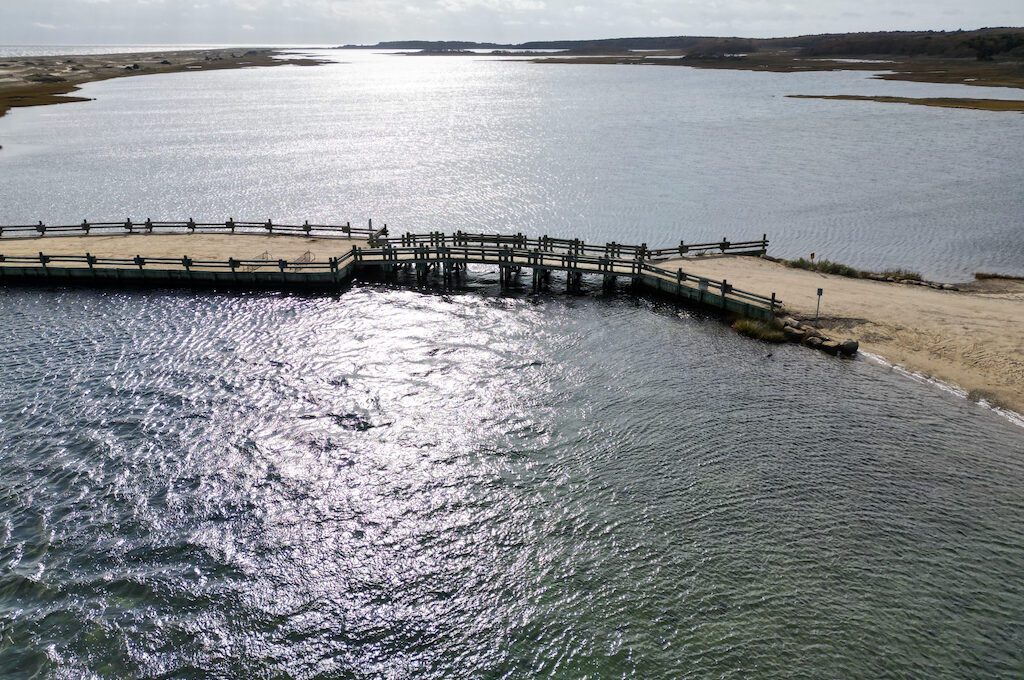
The proceedings
Several months down the line, an inquest convened on January 20, 1970, resulting in a judge’s finding that “there is probable cause to believe that Edward M. Kennedy operated his motor vehicle negligently… and that such operation appears to have contributed to the death of Mary Jo Kopechne.”
However, no arrest warrant was issued, leaving the resolution to unfold through other avenues in the judicial system.
Then, on April 6, 1970, a Dukes County grand jury opted not to indict Kennedy, though some members expressed reservations about the adequacy of the evidence presented.
On May 18, 1970, a Motor Vehicles investigation delivered findings to Ted Kennedy that concluded they were unable “to find that the fatal accident in which a motor vehicle operated by you was involved, was without serious fault on your part.” This resulted in the suspension of his driver’s license for an additional six months.
While the buzz of the 1969 moon landing helped to keep the story out of the headlines for a while, eventually the Chappaquiddick incident thrust itself into the national spotlight, casting a long shadow over Ted Kennedy’s political aspirations and ultimately swaying his choice to refrain from presidential bids in both 1972 and 1976.
Despite the stain on his reputation, Kennedy eventually threw his hat into the ring for the 1980 Democratic Party presidential primaries. However, the campaign faced an uphill struggle, with the specter of Chappaquiddick haunting him. He secured only 37.6% of the vote, conceding the nomination to the incumbent President, Jimmy Carter.
In the aftermath of the accident, Kennedy, reflecting on his actions, candidly acknowledged in his memoir, True Compass, that what transpired that night was “inexcusable” and that he had “made terrible decisions.” Despite this dark chapter, he went on to carve a lengthy legacy in the Senate, becoming one of the longest-serving senators in U.S. history.
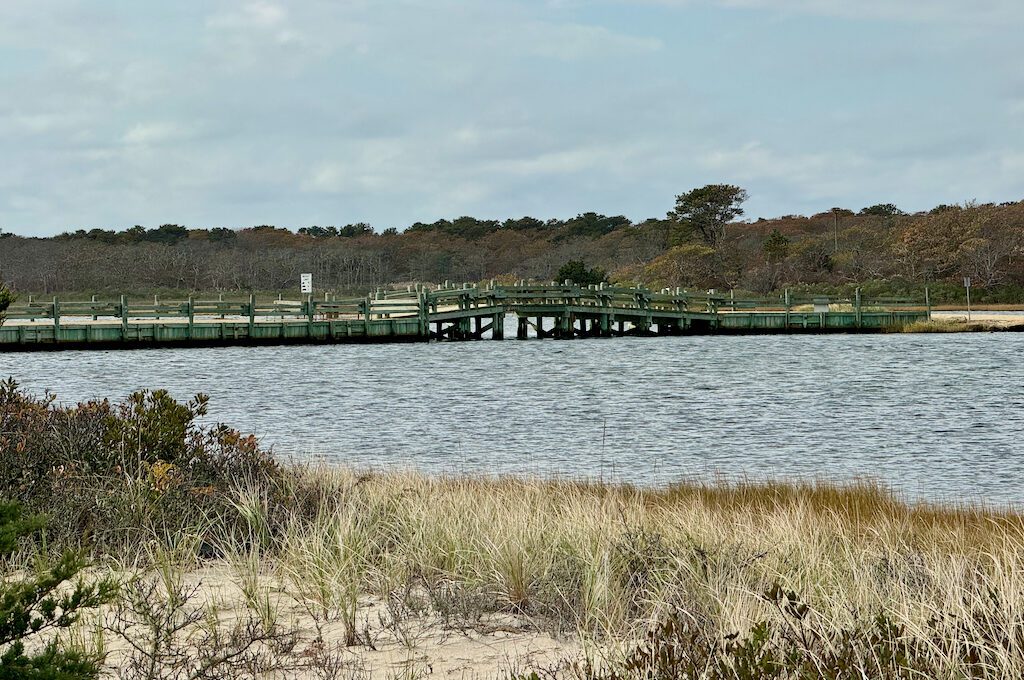
Visiting the Dike Bridge
To embark on a firsthand exploration of this historical site, your journey begins with making your way to Martha’s Vineyard, accessible through various ferries or perhaps even by taking to the skies if you fancy a quicker route.
Once on Martha’s Vineyard, your next stop is Chappaquiddick Island, a short ferry ride away on the “Chappy.” This ferry, with a capacity for just three cars at a time, is the very same one immortalized in the iconic movie Jaws, which, incidentally, sparked our interest in the area.
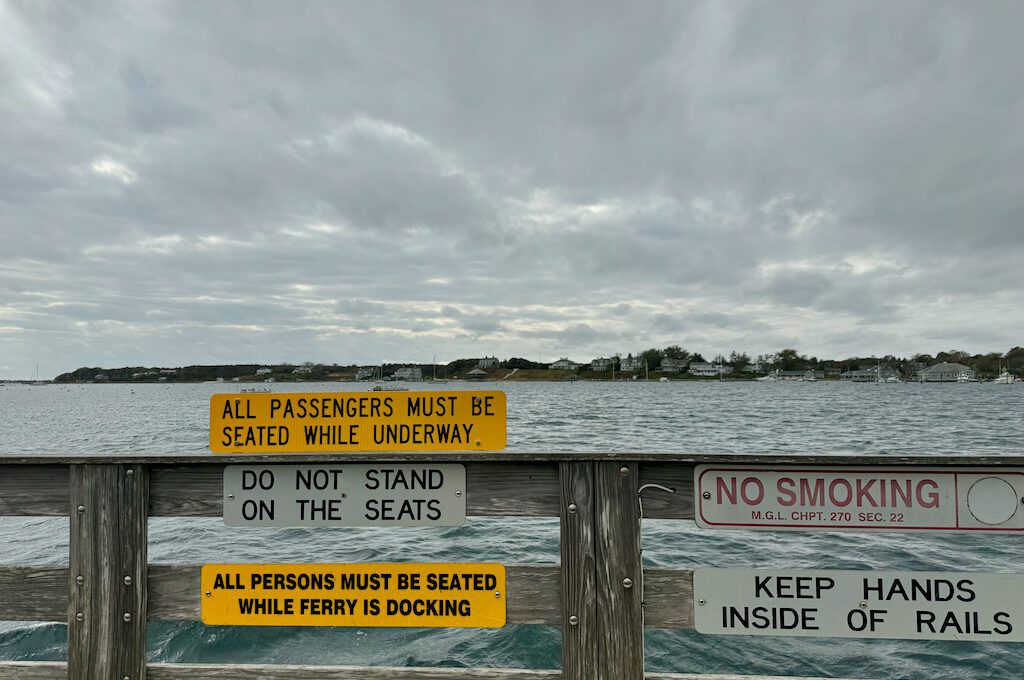
Upon reaching Chappaquiddick Island via the ferry, navigate about 8 minutes (by car) down Dike Bridge Road, and you’ll find yourself at the bridge, the focal point of the infamous incident that unfolded on that fateful night.
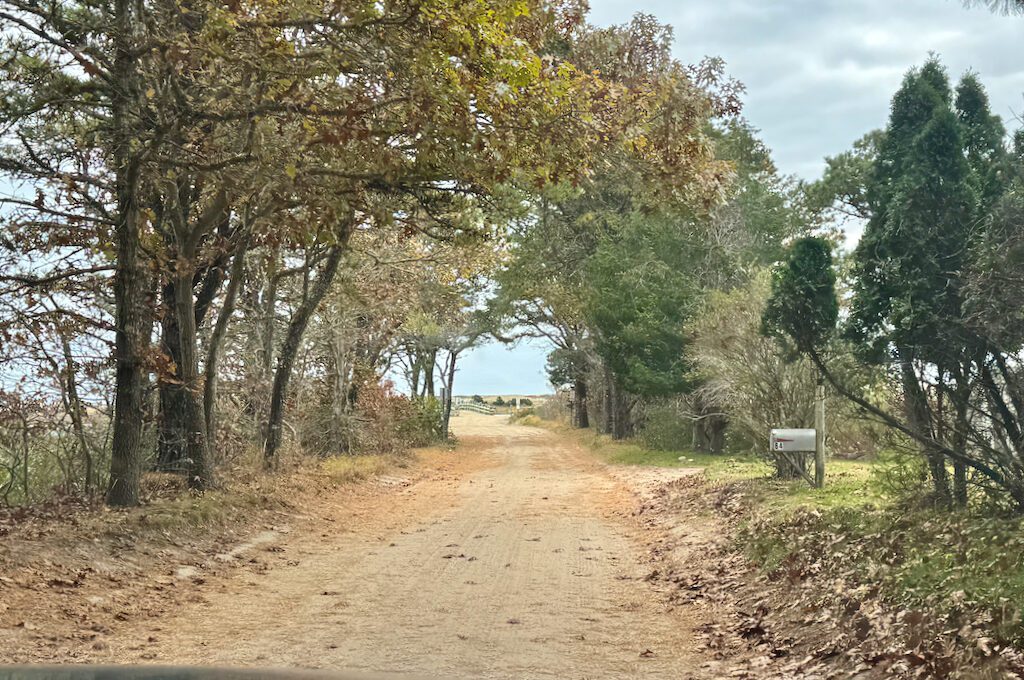
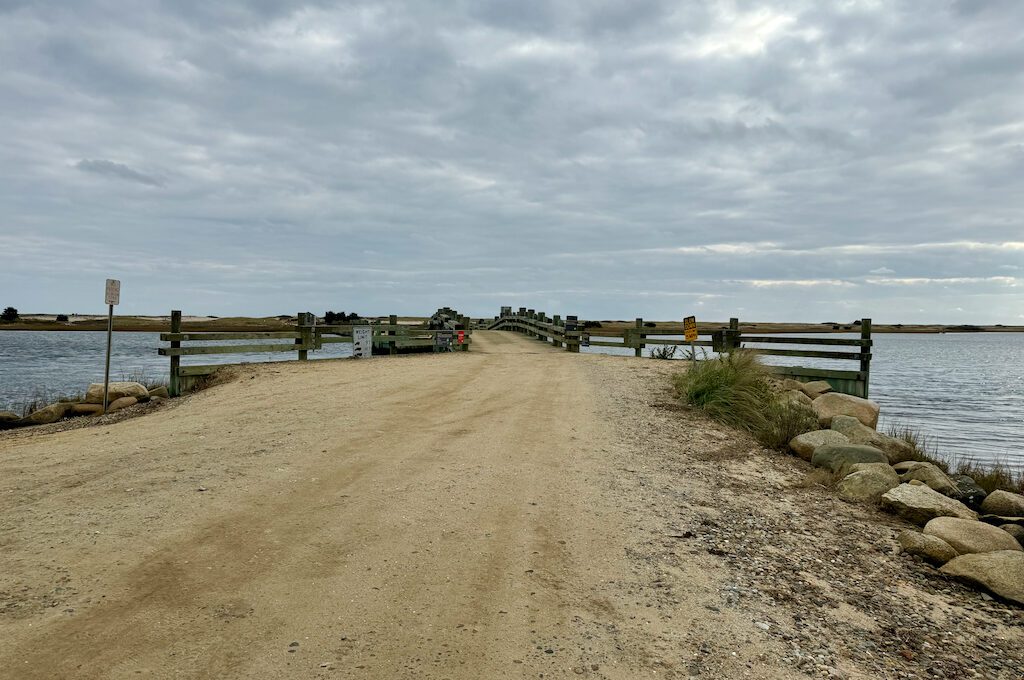
Crossing the bridge by vehicle comes with its own set of requirements – a permit and the skills to navigate a vehicle through deep sand, a task made easier with the right equipment like a shovel and the ability to deflate and re-inflate tires.
If you’re not equipped for the vehicular adventure, fret not. The bridge, though modest in size, is still accessible on foot. It’s worth noting that the sturdy guardrails you’ll encounter today weren’t part of the scene during the events mentioned earlier.
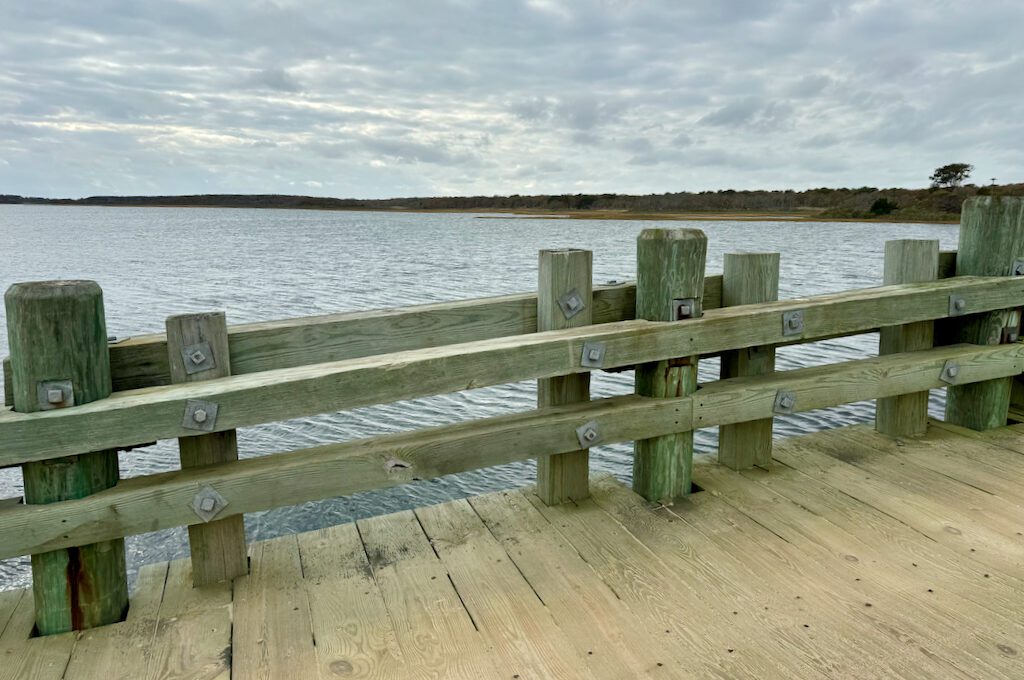
The noteworthy detail that catches the eye is the altered trajectory of the bridge. As depicted in the image below, the tire paths distinctly shift direction just before approaching the bridge. In fact, if you look at the direction of the driving path it would pretty much take you off the bridge at the same spot Ted drove off.
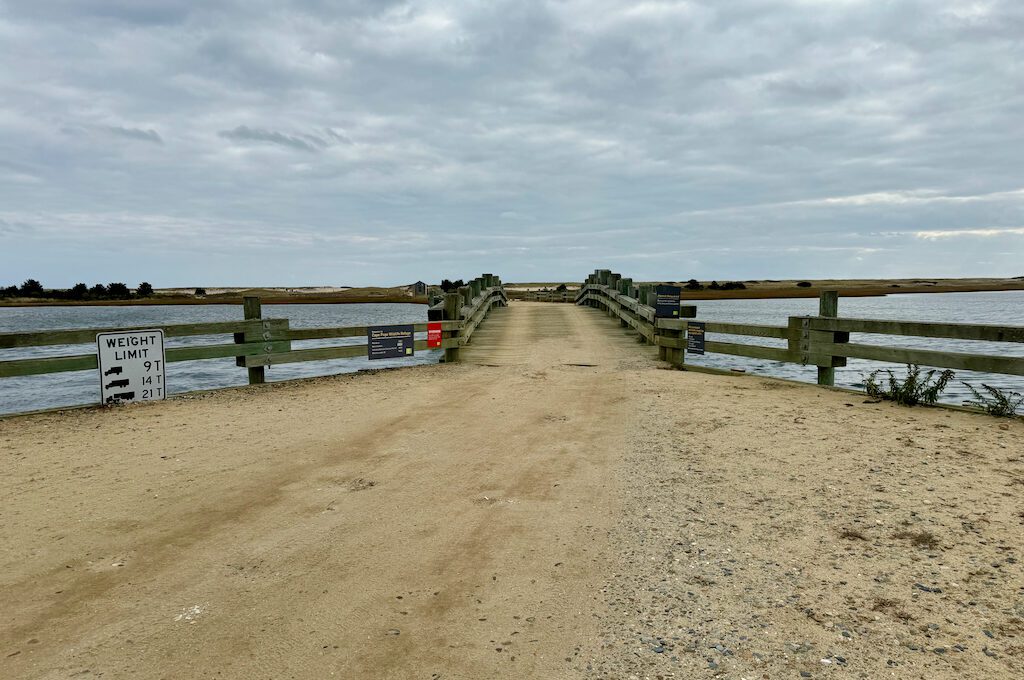
With the recommended speed limit of 5 mph, you could see how easily it would be for someone to drive off the bridge especially if they did not have much experience driving as could’ve been the case with Ted Kennedy. Sober or not, this bridge would’ve been a problem for some.
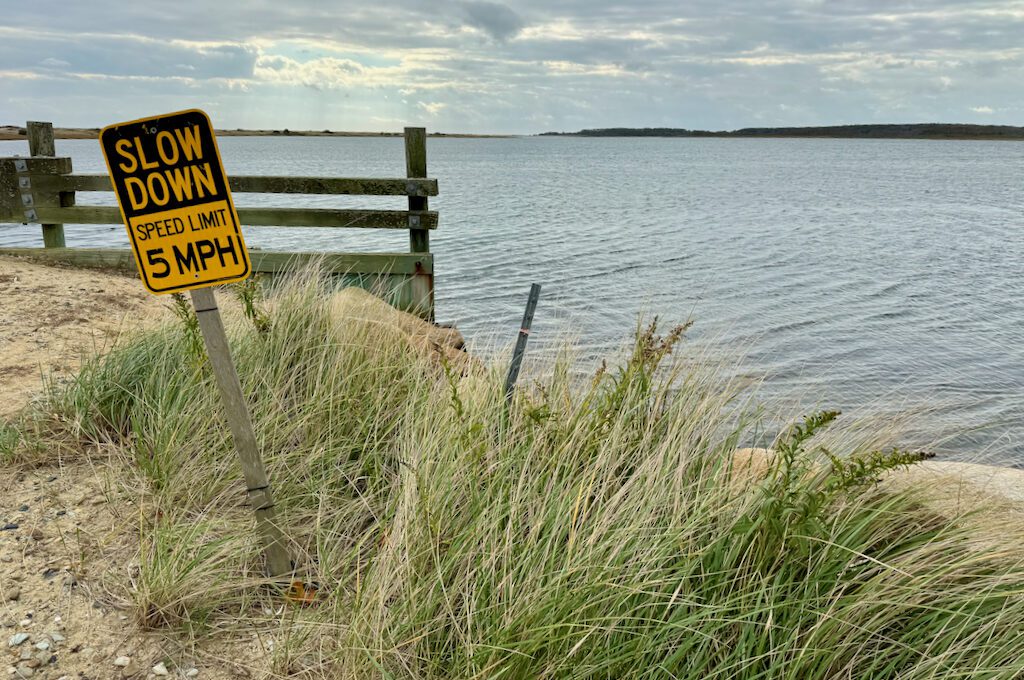
I’ve seen some pictures of makeshift Mary Jo memorials placed on the bridge in the past but when we visited there were no such markers. Kind of odd, given the historical context and the shadows cast by the perceived cover-up surrounding the incident.
After you cross the bridge you can continue on to East Beach where you can find a boardwalk that will help you step through all of the loose sand. It’s a beautiful little area and when we visited we had it to ourselves although it was quite chilly in November.
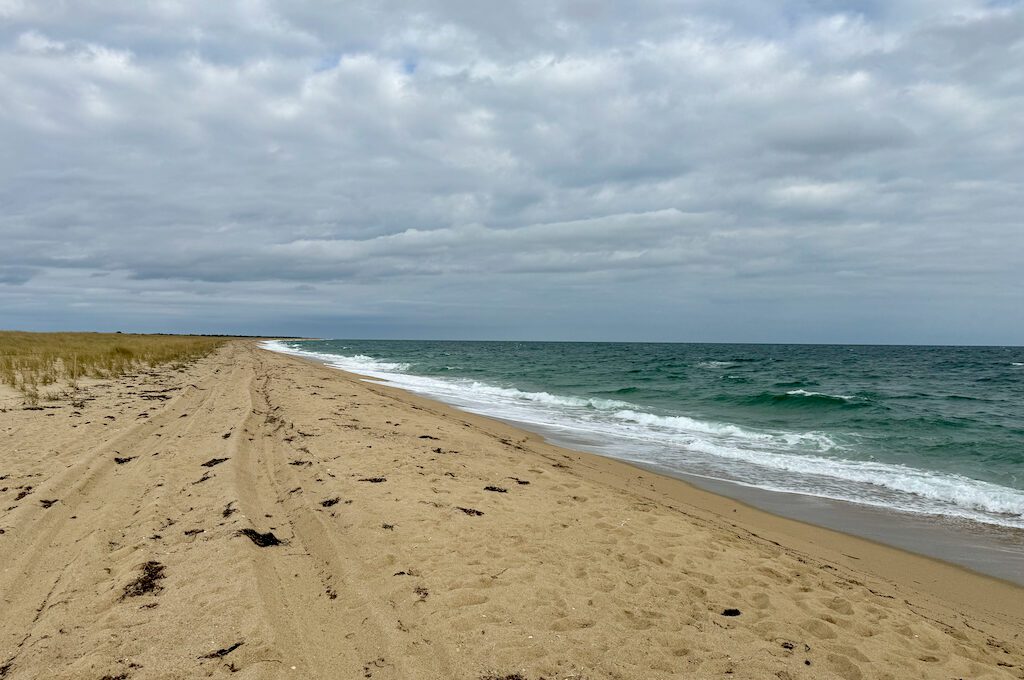
Final word
This story is filled with unanswered questions.
Many people believe that the most plausible and troubling scenario involves Ted Kennedy being inebriated and involved in a potentially compromising situation with Mary Jo.
According to this version of events, when confronted by a police officer, Kennedy opted to flee in an attempt to avoid detection, inadvertently leading to the tragic outcome of driving off the bridge.
But there are different theories out there to explain what could’ve happened.
The delayed reporting created a void in evidence regarding Ted’s blood alcohol levels, but it is documented that Mary Jo had a recorded level of .09.
Despite this, Ted staunchly denied any involvement with alcohol or any improper relationship with Mary Jo.
The decision, not just by Ted but also by his friend (a former U.S. Attorney) and his cousin, to withhold reporting or seeking help certainly raises eyebrows, suggesting the possibility of a cover-up and affording Ted the time to potentially sober up.
In the end, Ted faced minimal consequences, likely influenced by the lack of concrete evidence presented to the grand jury. His political and social standing, coupled with public sympathy following the tragic assassinations of his brothers in the preceding six years and his own survival of a plane crash, also contributed to the leniency he experienced.
Daniel Gillaspia is the Founder of UponArriving.com and the credit card app, WalletFlo. He is a former attorney turned travel expert covering destinations along with TSA, airline, and hotel policies. Since 2014, his content has been featured in publications such as National Geographic, Smithsonian Magazine, and CNBC. Read my bio.

